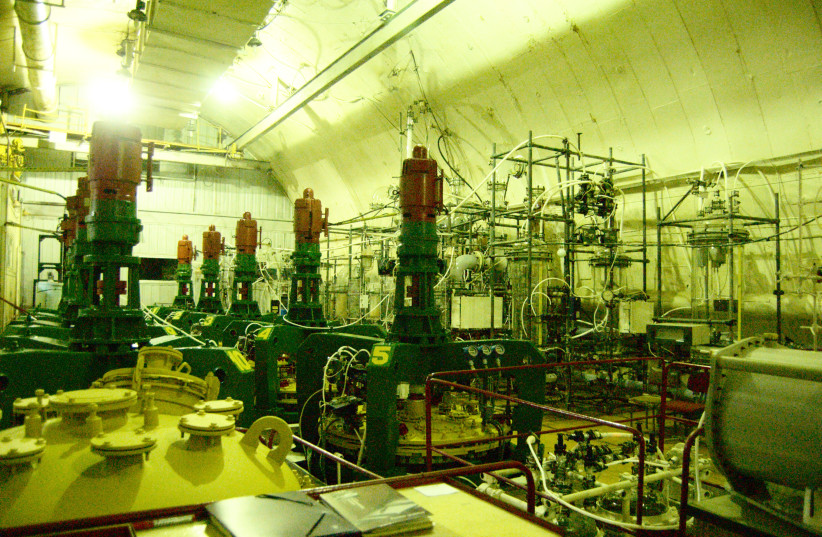An anomaly first observed in neutrino experiments in the 1990s has been reaffirmed by a new experiment and could point to a new, unconfirmed elementary particle or the need for a new interpretation of the standard model, which we use to understand the laws of physics.
Neutrinos are the most abundant fundamental particles that have mass in the universe and have been detected from many sources, including the sun and cosmic-ray interactions. And they are among the least understood particles in the standard model of particle physics.
Neutrinos come in three "flavors" – electron, muon and tau – and oscillate between these flavors as they travel. However, in the 90s, scientists detected a gap in the timing between the oscillations at the Soviet-American Gallium Experiment (SAGE) in which the Los Alamos National Laboratory in New Mexico took part.
This anomaly has led scientists to theorize that a fourth flavor – the sterile neutrino – could exist or that the standard model could need revising, even though many other neutrino experiments have mysteriously failed to replicate the anomalous results.
The newest instance of the anomaly was observed at the Baksan Experiment on Sterile Transitions (BEST) in Russia's Caucasus Mountains, where 26 irradiated disks of chromium 51 were used to irradiate an inner and outer tank of gallium, a soft, silvery metal used to detect neutrinos. The neutrinos hitting the gallium produce germanium 71, which scientists can then use to determine the number of direct collisions with neutrinos while in their electron flavor.

Findings
In the latest experiment, the measured rate of germanium 71 production was 20%-24% lower than expected based on theoretical modeling.
The gap could be explained by the existence of sterile neutrinos, which could be an important part of dark matter, although this requires further research.
Another explanation for the anomaly is that the theoretical model the physicists are using for the experiment could be flawed, meaning the model will need to be reconsidered.
"This definitely reaffirms the anomaly we’ve seen in previous experiments. But what this means is not obvious."
Steve Elliott, member of Los Alamos’ Physics division
“The results are very exciting,” Steve Elliott, lead analyst of one of the teams evaluating the data and a member of Los Alamos’ Physics division, said in a press statement. “This definitely reaffirms the anomaly we’ve seen in previous experiments – but what this means is not obvious. There are now conflicting results about sterile neutrinos. If the results indicate that fundamental nuclear or atomic physics are misunderstood, that would be very interesting, too.”
The results of the experiment were recently published in the peer-reviewed journals Physical Review Letters and Physical Review C.
While the Los Alamos experiment found a deficit of electron neutrinos, some other experiments have actually found an excess of them, which may also point to the existence of sterile neutrinos. Both the Liquid Scintillator Neutrino Detector (LSND) experiment at Los Alamos and Fermilab's MiniBooNE experiment have found this excess.
In the MiniBooNE experiment, researchers detected 2,437 interactions between antineutrinos and electron neutrinos, about 460 more than expected.
The reaffirmation of the anomaly comes just months after researchers at the ForwArd Search ExpeRiment (FASER) at CERN have detected neutrino candidates in the first such detection in a particle accelerator, publishing a paper on the breakthrough in the peer-reviewed journal Physical Review D.
Collider neutrinos are produced at high energies, at which neutrino interactions have not been well studied. Being able to detect and study such neutrinos could shed light on the particles, as it would allow scientists to study the them under highly controlled conditions.
